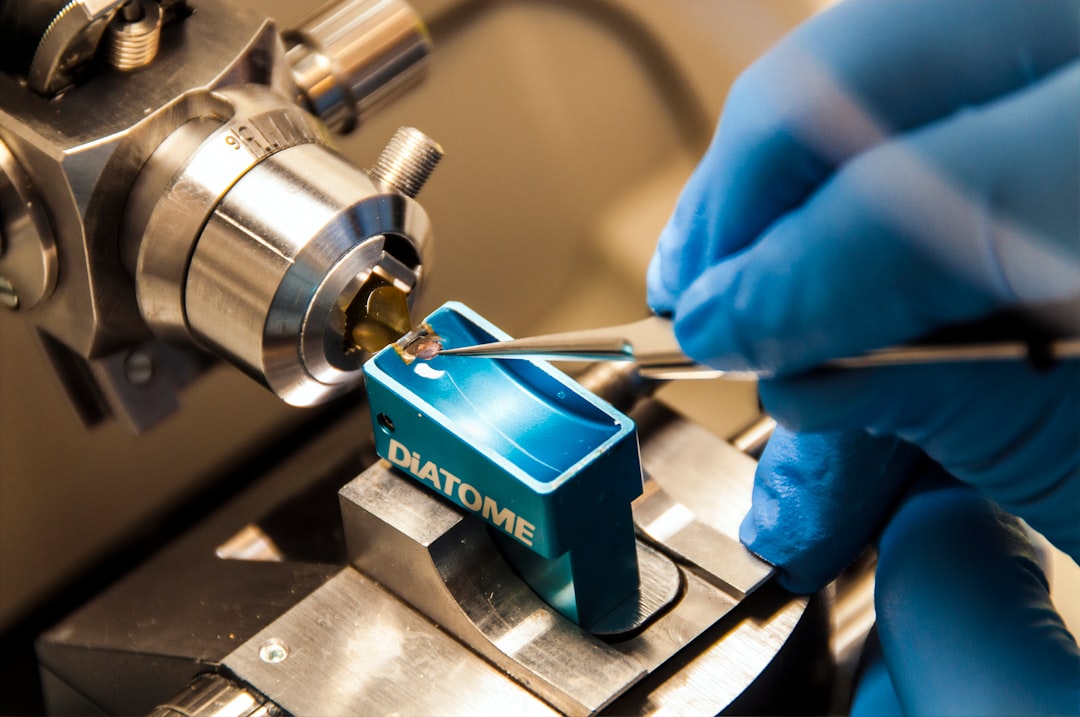What is it about?
Deep eutectic solvents (DESs) are an environmentally friendly class of materials with a wide range of potential applications. For example, they are considered for electrochemical applications as batteries, where a high ionic conductivity is crucial. We have performed dielectric- and rheological-spectroscopy experiments on three DESs belonging to the class of carboxylic-acid-based DESs, whose constituents can be found in nature and whose ionic conductivity is higher than in many other DESs. Our investigations cover a wide temperature range to gain a better understanding of their ionic conductivity as well as the microscopic processes affecting it. We focus on the structural relaxation dynamics, the reorientational motions of the dipolar constituents, and the role of the glass transition.
Featured Image

Photo by Roberto Sorin on Unsplash
Why is it important?
The dipolar orientational motions and the glass transition in DESs are often neglected although they can considerably affect the ionic conductivity in electrolytes. Our study provides new fundamental information on the ionic charge transport and on the complex interrelation between the different observed dynamics in an important class of DESs.
Perspectives
DESs can be great ion conductors and synthesized in an immense variety of possible combinations. Finding the right combination for use as an electrolyte in energy storage applications will be facilitated if their conductivity mechanisms are better understood. This study brings us one step closer to that goal and to a greener future.
Arthur Schulz
Universitat Augsburg
Read the Original
This page is a summary of: Translational and reorientational dynamics in carboxylic acid-based deep eutectic solvents, The Journal of Chemical Physics, February 2024, American Institute of Physics,
DOI: 10.1063/5.0189533.
You can read the full text:
Contributors
The following have contributed to this page










